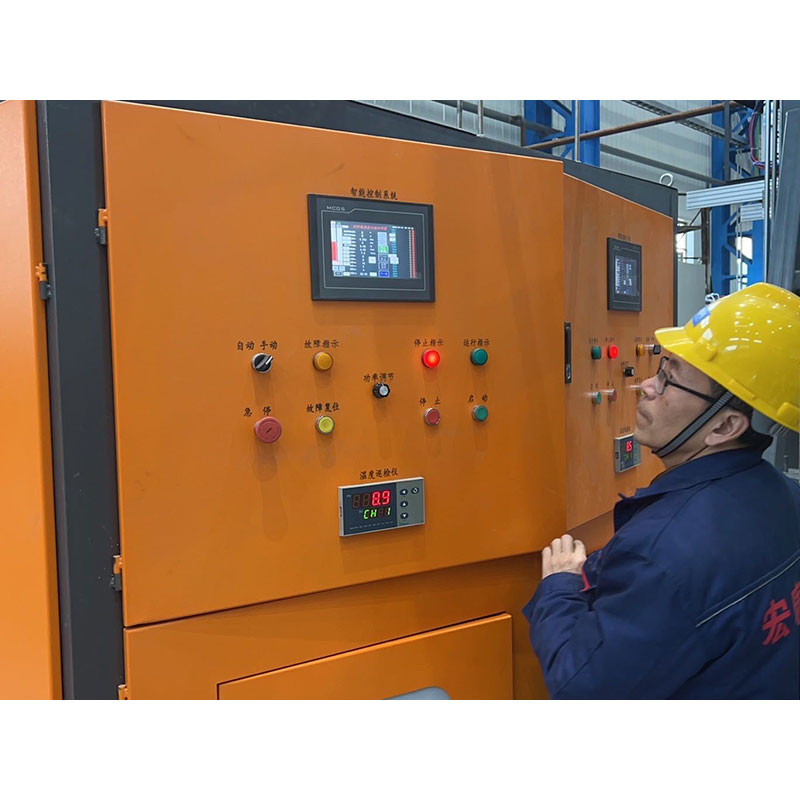Case Brief Introduction
Intelligent manufacturing in the context of medium-frequency heating furnaces involves incorporating advanced technologies and automation to enhance efficiency, precision, and overall performance. Here are several aspects of intelligent manufacturing that can be applied to medium-frequency heating furnaces:
-
Automation and Robotics: Implement robotic systems for material handling, loading, and unloading of workpieces. Robots can be programmed to perform repetitive tasks with high precision, improving overall efficiency and reducing the need for manual labor.
-
Sensors and Monitoring: Integrate sensors for real-time monitoring of temperature, power, and other relevant parameters during the heating process. This data can be used for process optimization, quality control, and predictive maintenance.
-
Data Analytics and Machine Learning: Utilize data analytics and machine learning algorithms to analyze historical process data. This can help in identifying patterns, optimizing heating parameters, predicting maintenance needs, and improving overall performance.
-
Remote Monitoring and Control: Implement remote monitoring and control systems that allow operators to monitor and adjust furnace parameters from a centralized location. This enhances flexibility and facilitates a quick response to changing production requirements.
-
Energy Efficiency: Incorporate energy-efficient technologies to minimize energy consumption. This may include optimizing heating cycles, improving insulation, and utilizing regenerative heat recovery systems.
-
Digital Twin Technology: Create a digital twin of the medium-frequency heating furnace. This virtual representation can be used for simulation, testing, and optimization of processes before implementing changes in the physical furnace, reducing downtime and optimizing performance.




